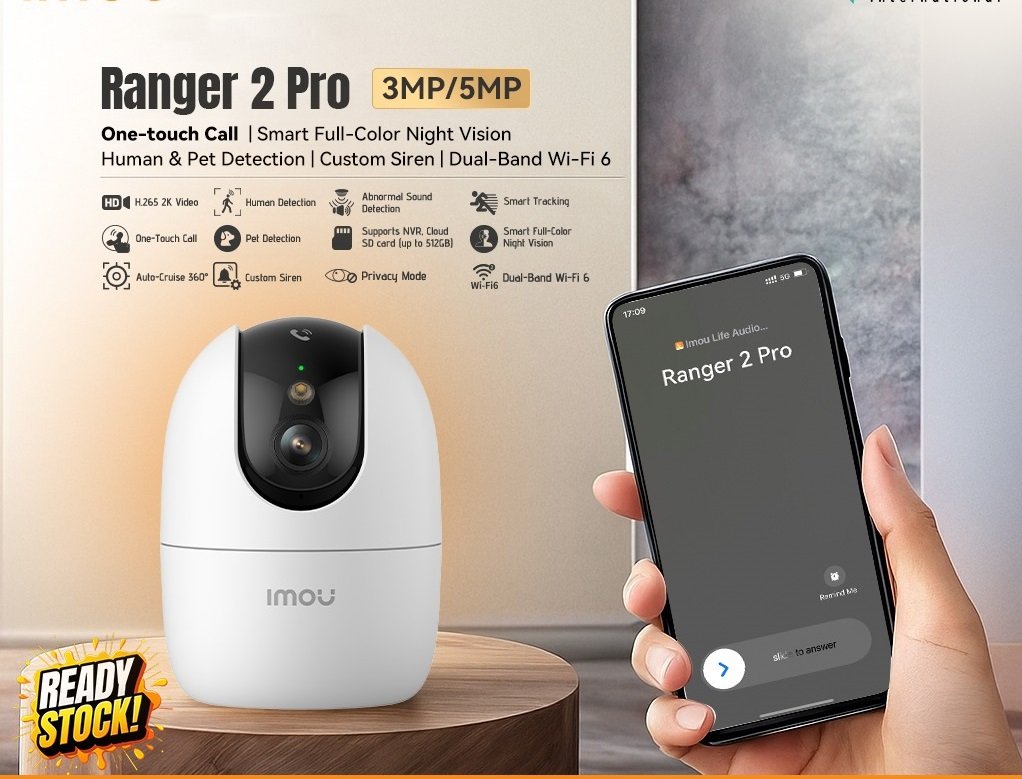In the fast-paced digital world, e-commerce brands are constantly on the lookout for innovative ways to drive traffic to their online stores. While platforms like Facebook, Instagram, and Google Ads often dominate the conversation when it comes to marketing, there’s one social platform that remains largely underutilized for business growth—Pinterest. Many brands overlook Pinterest SEO as a powerful tool for driving highly targeted, organic traffic. In this article, we’ll explore why Pinterest SEO is an untapped goldmine for e-commerce brands, how it can help you increase visibility, and actionable strategies to optimize your Pinterest presence.
Why Pinterest is a Goldmine for E-Commerce Brands
Pinterest, which has evolved from a digital pinboard to a robust search engine, is used by millions of users worldwide, particularly for inspiration, shopping, and discovering new products. As an e-commerce brand, Pinterest presents a unique opportunity to tap into its visual nature and high user intent. Unlike other social media platforms, Pinterest is a hybrid of a social network and a search engine, which gives it incredible potential for organic traffic. The platform allows users to discover and save products they’re interested in, often with a clear intent to purchase.
What makes Pinterest particularly appealing for e-commerce brands is its search-driven nature. People use Pinterest to search for specific products, trends, and ideas, which makes it easier for brands to show up at the right moment, leading to better conversions. When optimized correctly, Pinterest can significantly boost traffic to your e-commerce website, helping you expand your brand’s reach and increase sales.
The Basics of Pinterest SEO for E-Commerce Brands
Understanding Pinterest’s Search Engine Algorithm
Pinterest functions much like a search engine. The platform’s algorithm prioritizes relevant, engaging, and visually appealing pins. To ensure your pins are discovered by the right audience, it’s essential to understand how Pinterest’s search algorithm works.
- Relevance: Pinterest’s algorithm prioritizes content that is relevant to a user’s search. By using the right keywords and creating valuable pins, you can improve your content’s relevance in search results.
- Engagement: Pins that receive more engagement, such as repins, comments, and clicks, are more likely to appear higher in the feed and search results.
- Freshness: Pinterest tends to favor fresh content, especially when it’s highly relevant. By regularly updating your boards and pins, you can ensure that your brand remains visible.
Conducting Keyword Research for Pinterest
Just like SEO on search engines, keyword research plays a crucial role in Pinterest optimization. To ensure that your content is discoverable, it’s essential to target the right keywords that resonate with your audience. Here’s how you can approach keyword research for Pinterest:
- Pinterest’s Search Bar: The search bar on Pinterest is a goldmine for discovering trending and popular keywords. As you start typing a keyword, Pinterest will show auto-suggestions, which indicate what users are actively searching for.
- Pinterest Trends: Pinterest has a Trends section where you can see what’s trending across various topics. This can give you valuable insights into what people are currently interested in and help you tailor your content accordingly.
- Competitor Analysis: Analyzing the pins and boards of successful competitors in your niche can also give you an idea of the keywords they are targeting and the type of content that resonates with their audience.
Optimizing Your Pinterest Profile and Boards
1. Create Keyword-Rich Board Titles and Descriptions
When setting up your Pinterest profile, one of the first things you should do is create keyword-rich board titles and descriptions. These elements play a significant role in ensuring your boards show up in relevant search results.
- Board Titles: Make sure to include targeted keywords in your board titles. For example, if you sell handmade jewelry, a board titled “Handmade Silver Jewelry” will likely perform better than just “Jewelry.”
- Board Descriptions: Use board descriptions to elaborate on what your board offers. Include a mix of primary and secondary keywords, but ensure the description remains natural and helpful to the user.
2. Use SEO-Optimized Pins
Pins are the most important piece of content on Pinterest, and optimizing them for SEO is key to driving traffic. Here are some tips to optimize your pins:
- Pin Title: Like your board titles, your pin titles should contain relevant keywords to ensure they are searchable. Keep the titles clear and concise.
- Pin Description: Write a compelling and descriptive pin description, incorporating relevant keywords. Describe the product or idea in detail while adding any useful information like pricing, special offers, or product features.
- Image Quality: High-quality, vertical images (preferably in a 2:3 ratio) tend to perform best on Pinterest. Invest in visually appealing images that align with your brand’s aesthetic.
3. Utilize Pinterest Rich Pins
Rich Pins are a powerful way to add extra details to your pins, such as product pricing, availability, and descriptions. This makes your pins more informative and engaging, encouraging users to take action. There are several types of Rich Pins available, such as product, recipe, and article pins. For e-commerce brands, Product Pins are particularly useful as they automatically update with real-time pricing and product availability.
Building Authority with Pinterest SEO
1. Consistent Pinning Strategy
One of the most important factors for gaining traction on Pinterest is consistency. Regularly pinning new content helps you maintain a strong presence and improves your chances of appearing in users’ feeds. Aim to pin several times a day and schedule your pins to ensure they reach your audience during peak hours.
2. Engage with the Community
Pinterest isn’t just about posting content—engagement is key. Re-pin content from others in your niche, comment on popular pins, and interact with other Pinterest users. This will increase your visibility and help you build authority in your industry.
3. Leverage Pinterest Ads
Although Pinterest SEO focuses on organic traffic, it’s worth considering Pinterest Ads as a way to amplify your efforts. Pinterest offers a range of ad formats, including promoted pins, that can help drive more targeted traffic to your e-commerce website.
Pinterest SEO: Key Takeaways for E-Commerce Brands
- Pinterest is an underutilized platform that offers e-commerce brands an opportunity to drive organic traffic and increase sales.
- Pinterest’s search algorithm prioritizes relevant, engaging, and fresh content, so optimizing your boards and pins is crucial.
- Conduct keyword research, optimize your pins, and maintain a consistent posting schedule to improve your visibility.
- Use Rich Pins to provide additional information about your products and engage with your audience to build trust and authority.
By harnessing the power of Pinterest SEO, e-commerce brands can unlock an untapped traffic goldmine that can significantly boost brand awareness and drive more conversions. With its highly visual nature and search-driven algorithm, Pinterest offers unique advantages for businesses that know how to leverage its full potential.
For more insights into digital marketing strategies, visit Brands Ranker Digital Marketing Services in Raleigh.














Leave a Reply